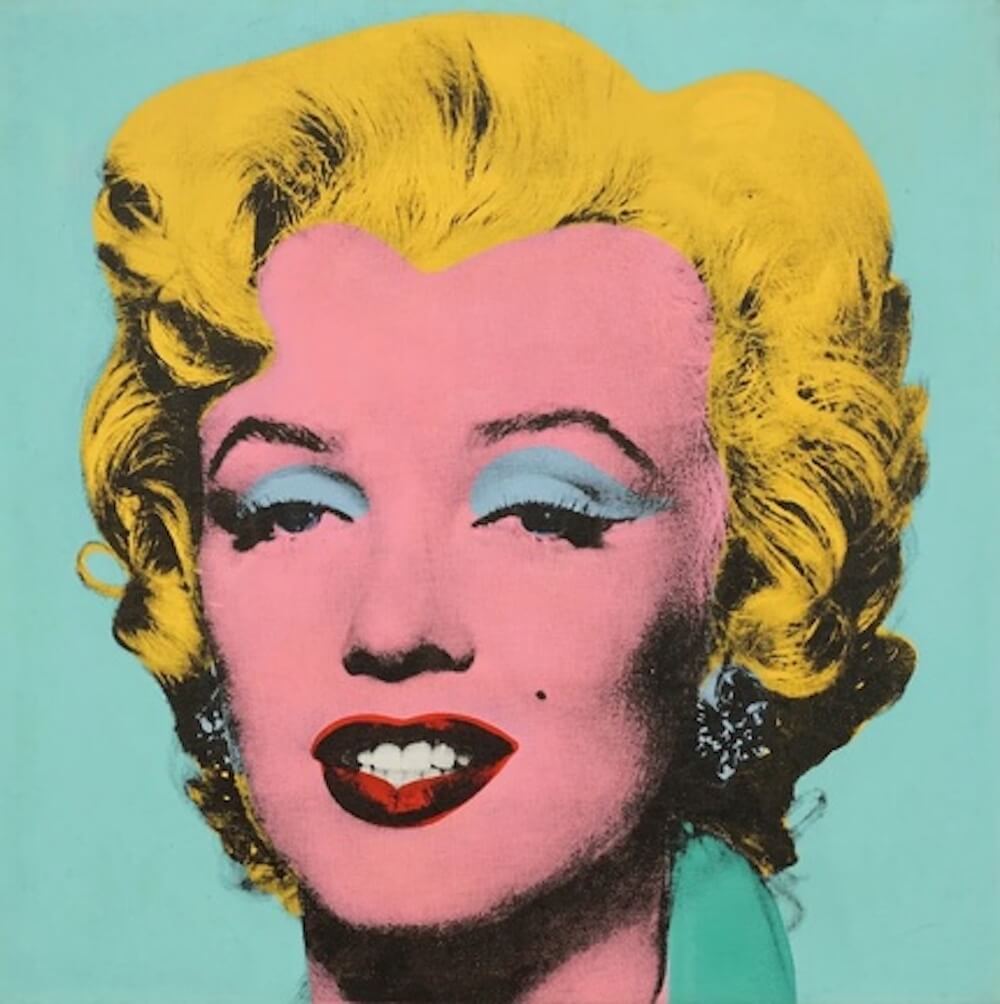The record prices set at the Spring auctions in New York, such as the sale of Warhol’s 1964 silkscreen, Shot Sage Blue Marilyn, that sold for $195 million, diverted attention from the shocking announcement for the city to deregulate its multi-billion dollar auction business—finalized just a week before the hammers fell at the widely watched showrooms of Christie’s, Sotheby’s and Phillips. Covid has decimated businesses around the city, with many neighborhoods suffering 30% storefront vacancies. In an effort to mitigate the business slowdown, the city council acted to cut red tape and fees on dozens of business categories, including outdoor cafes, amusement arcades and laundries.
The city’s omnibus package of cuts on regulations, fees and fines runs over 100 pages. Buried in the ordinance is the repeal of all secondary art regulations on auctions, including licensing, chandelier biding (use of fictitious bids), providing estimates below the reserve price, and disclosing whether the house has a financial interest in the item being offered. These rules were enacted 30 years ago to deal with abuses by auctioneers. While most of the sweeping new deregulation was intended for relief of struggling small businesses, the city disregarded the fact that the city’s three major international auction houses and the many mid-size auctioneers are far from small businesses.
The major houses expressed surprise at the repeal of auction rules. Christie’s and Phillips were quick to say they would continue to voluntarily comply with the regulations (Sotheby’s said it was studying the matter). Some New York art lawyers were quoted in the media as opposing the abolition of regulations on the basis that it might undermine buyer trust and confidence in the auction process. I agree. The city was careless in lumping auction houses into the broad small business relief act. New York officials pushed back, claiming that existing consumer protection laws such as the Uniform Commercial Code (UCC) would provide enough protection for buyers.
California has few regulations of auctioneers. There is no licensing requirement, other than the posting of a $20,000 bond. The good news is that California has stronger consumer protection laws than most states. The bad news is that when it comes to auctions in California the major houses are absent, except for some Beverly Hills showrooms displaying art masterpieces to be sold in New York, London or Hong Kong—but not here. That’s surprising, considering California has more billionaires than New York. Art auctioneers in Los Angeles consist of Bonham’s and two smaller outfits—Los Angeles Modern Auctions and Santa Monica Auctions. With the influx of at least seven major New York galleries, including super-gallerist David Zwirner to the booming La Brea/Highland gallery district and the success of art fairs such as the annual Frieze LA and Felix, maybe some of the big New York houses will give LA a try.
This is clearly the year the art business dodged a couple of bullets. As a recent Art Brief column reported, a US Senate subcommittee held hearings on whether art transactions needed stiffer regulations. The subcommittee did a case study of Russian oligarchs finding that they laundered money through purchases of art via shell companies. The lawmakers considered making sales of art more transparent by strengthening disclosure requirements. The subcommittee undertook this study after Congress toughened disclosures on antiquities dealers where looting and smuggling were rampant.
The subcommittee had been expected to issue similar reporting requirements for art dealers. However, art dealers can breathe easier as the committee ended its inquiry by rejecting any additional regulations. The most opaque asset class in the world remains untouched for now.
There were new developments in another story this magazine has been tracking. In May, a federal court granted summary judgment to Ace Gallery bankruptcy trustee Sam Leslie, ordering Ace’s former owner Douglas Chrismas to pay more than $14 million to the Ace bankruptcy estate. The bankruptcy dates back to 2013 when Chrismas filed to stave off a lawsuit for millions owed in back rent—justice treads with leaden feet, indeed. The funds were found to be sales profits that were diverted to two companies Chrismas personally controlled prior to Leslie taking over Ace and ousting Chrismas in 2016. Leslie also discovered that Chrismas had moved about 60 Ace-owned works into his private storage locker before he was pushed out. Last July, Chrismas was indicted for allegedly embezzling $260,000 from the Ace bankruptcy estate. He faces a maximum of 15 years in prison if convicted on all charges.
